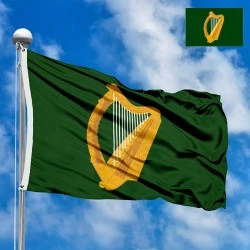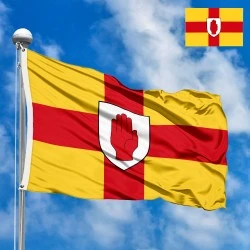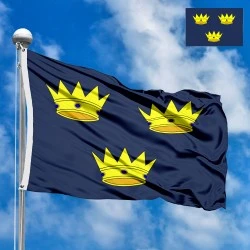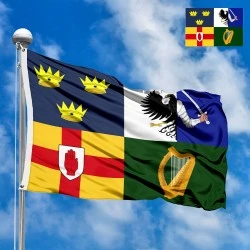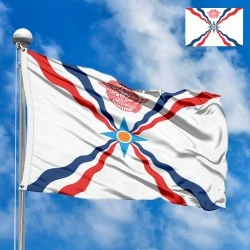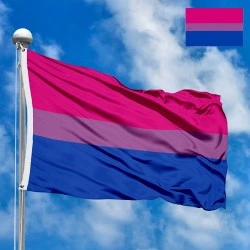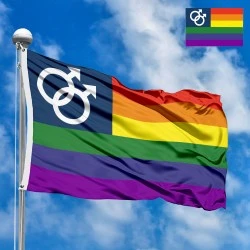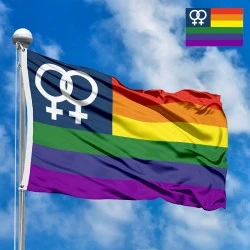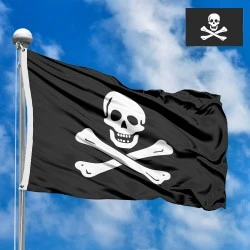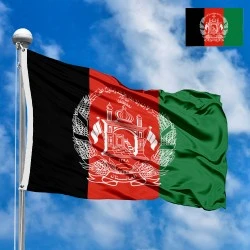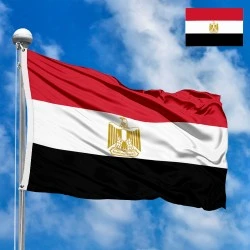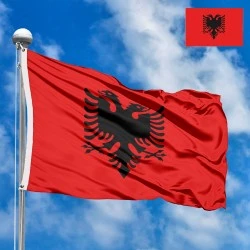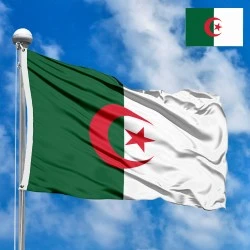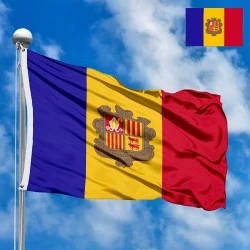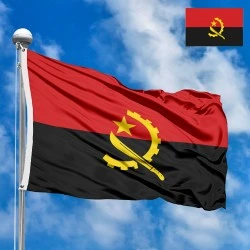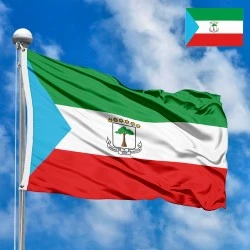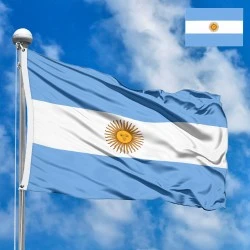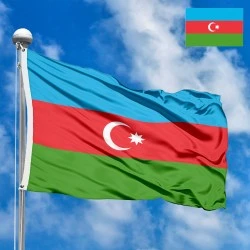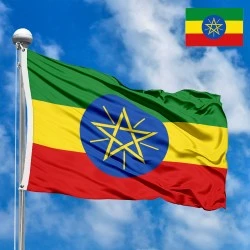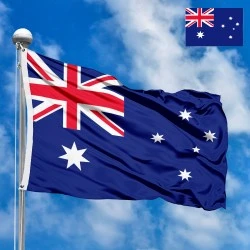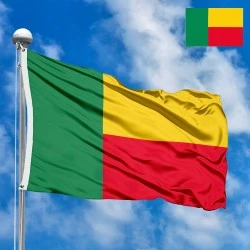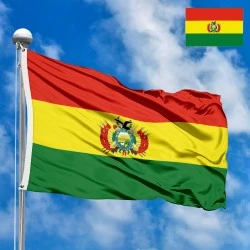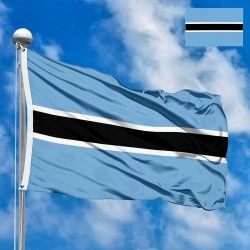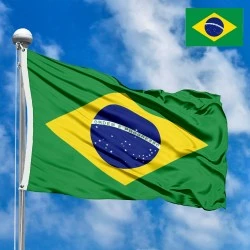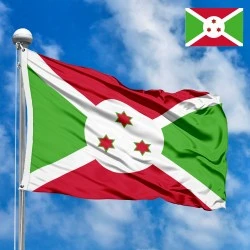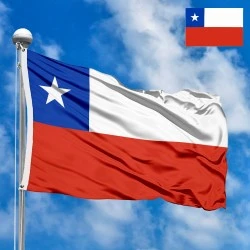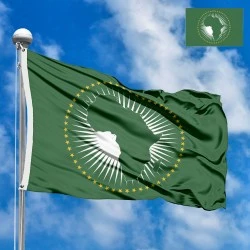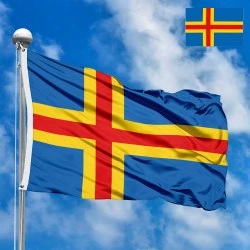Flag of Connacht
- Flag Type: Regional
- Proportions (official): 1:2
- Official name: Province of Connacht
- Local name: Connacht, Connachta
- Sovereignty (year): NO (Province of Ireland)
- Large cities: Galway, Castlebar, Sligo, Roscommon
- Highest point: Mweelrea (814 m)
- Lowest point: Atlantic Ocean (0 m)
- Languages: English, Irish
Flag Information
General information
Demography and Culture
Economy and communications
- All Flags
- Flags of Countries by Continent
-
Flags of Organizations
- Flags of UN countries
- Flags of the European Union countries
- Flags of NATO countries
- Flags of the countries of the Organization of Islamic Cooperation
- Flags of the countries of the Organization of American States
- Flags of the Arab League countries
- Flags of the African Union countries
- Flags of the countries of the Union of South American Nations
- Flags of the Commonwealth of Nations
- Flags of the countries of the Secretariat of the Pacific Community
- Flags of the Nordic Council countries
- Flags of the Caribbean Community
- Flags of the countries of the Association of Southeast Asian Nations
- Flags of the East African Community
- Flags of the countries of the Organization of Turkic States
- LGBT Community Flags
- Historical Flags
- Ethnic Flags
- Flags of the USA (states)
Description
The provincial flag of Connacht, one of the four historic provinces of Ireland, is a vivid and dynamic heraldic symbol that encapsulates centuries of regional history, resilience, and unique cultural identity. Unlike the national flag of the Republic of Ireland, which represents the modern sovereign state, the Connacht flag serves as a powerful emblem for the geographical area and the proud heritage of its people in the western part of the island. Its distinctive design is known as "per pale" (divided vertically), featuring a white field on the dexter (hoist) side with a black demi-eagle and a blue field on the sinister (fly) side with a white mailed arm clutching a sword. While there are no strict official dimensions, provincial flags generally adhere to standard flag ratios like 1:2 or 2:3, ensuring a proportionate and visually impactful display, whether flown independently or as part of the broader "Flag of the Four Provinces."
Arrangement of Elements: A Split Field of Power The striking visual division of the Connacht flag is its defining characteristic, setting it apart from the simpler designs of Munster and Leinster. The flag is vertically divided down its center:
-
Dexter (Hoist) Side: White Field with Black Demi-Eagle. This half of the flag features a pristine white background. Superimposed upon it is a formidable black demi-eagle, often depicted with its wings spread or in a posture of readiness, facing towards the hoist (left side of the flag when viewed). The term "demi-eagle" signifies that only the upper half of the eagle is shown, typically from the waist or breast upwards, emerging from the line of division.
-
Sinister (Fly) Side: Blue Field with White Mailed Arm Holding a Sword. The other half of the flag is a deep blue field. From the dividing line, a powerful white arm emerges, typically depicted as mailed (armored) and grasping a silver or white sword. The arm is usually shown bent at the elbow, with the sword held upright or slightly angled, ready for action.
This dualistic arrangement creates a sense of balance and dynamic tension, reflecting the complex historical narratives of the province—its independence, its struggles, and the various influences that shaped its identity. The precise execution of these elements ensures clarity and immediate recognition of the Connacht standard.
Colors and Symbolism: A Palette of Resilience and Authority The colors and individual elements of the Connacht flag are imbued with deep historical and symbolic meaning:
-
White Field (Dexter Side): White in vexillology often symbolizes peace, purity, honesty, and sometimes sovereignty. In the context of Connacht, it might represent the ancient and untainted heritage of the Gaelic kingdoms that thrived in the region, reflecting their independent spirit and the pristine nature of Connacht's rugged landscapes. It also provides a sharp, clear background for the black eagle, ensuring its prominence.
-
Black Demi-Eagle (on White Field): The eagle is a universal symbol of power, strength, vision, and imperial authority. A black eagle, in particular, can signify resilience, determination, and a commanding presence. In heraldry, eagles are often associated with nobility, courage, and a sharp intellect. For Connacht, this demi-eagle likely represents the powerful Burke (de Burgh) family, an Anglo-Norman lineage that became highly Gaelicized and dominated much of Connacht from the 13th century onwards. Their coat of arms featured an eagle, and its inclusion on the provincial flag signifies their historical influence and their integration into the Connacht identity, embodying a blend of native Gaelic and Norman power. The fact that it's a "demi-eagle" might suggest an emerging or partial authority, or simply be a stylistic choice common in heraldry to fit the composition.
-
Blue Field (Sinister Side): Similar to the Munster flag, blue is a color of profound historical significance in Irish heraldry. It often represents sovereignty, loyalty, and a deep connection to the land and its ancient traditions. For Connacht, it could also evoke the many lakes and coastal waters that define its geography, from the vast expanse of Lough Corrib to the Atlantic coastline, which has historically been both a barrier and a gateway for the province. The blue provides a strong, regal backdrop for the armed arm.
-
White Mailed Arm Holding a Sword (on Blue Field): This is perhaps the most direct and potent symbol of martial prowess and defense.
-
Maile (Armor): The presence of mail or armor signifies protection, readiness for battle, and a martial spirit. It speaks to a history of conflict and the necessity of defending the province's autonomy and people.
-
The Arm and Sword: The armed arm holding a sword is a classic heraldic charge representing military strength, justice, defense, and resolution. It suggests a willingness to fight for freedom and to uphold the rights of the province. Like the eagle, this symbol is strongly associated with the Burke family, whose arms prominently featured an armed hand. It symbolizes their military prowess and their role as defenders and rulers in Connacht, highlighting a period where military might was crucial for regional power. It is a striking image of vigilance and an unwavering commitment to self-preservation.
-
History of the Flag's Creation and Adoption: A Norman-Gaelic Synthesis The arms of Connacht are unique in that they are largely derived from the heraldry of the powerful Anglo-Norman Burke (or de Burgh) family, who arrived in Ireland with the Norman invasion and subsequently established vast lordships, particularly in Connacht. Over centuries, many of the Burkes became "more Irish than the Irish themselves," adopting Gaelic customs, language, and legal systems, thereby integrating deeply into the fabric of Connacht society. Their influence was so profound that their family arms effectively became the arms of the province.
The precise date when these elements combined to form the recognized provincial flag is not a single event but rather a gradual evolution over centuries. The symbols themselves can be traced back to medieval armorial rolls and seals associated with the Burke lords, dating from the 13th and 14th centuries. The consistent appearance of the demi-eagle and the armed hand in the Burke heraldry meant that they were widely associated with the region they controlled.
As with other Irish provincial flags, the formal "adoption" was less a legislative act and more an organic process of popular acceptance and widespread use, particularly in the modern era. In the 19th and 20th centuries, as Irish identity began to coalesce around historical provincial distinctions, these ancient arms were formalized into the flag we recognize today. Its prominence grew significantly through its use by cultural organizations, and especially in all-Ireland sporting contexts where provincial pride is celebrated. For instance, teams representing Connacht in Gaelic Games (Gaelic football and hurling) or rugby proudly display this flag, solidifying its status as an enduring symbol of regional identity and pride. Its continued use is a testament to the deep historical roots and the strong sense of distinctiveness felt by the people of Connacht.
Country and Region Context: Ireland's Wild West Connacht (Connachta in Irish) is the westernmost of Ireland's four traditional provinces. It is often referred to as "Ireland's Wild West" due to its rugged, dramatic landscapes, extensive coastline, and a historical remoteness that has preserved its unique cultural character. The province comprises five counties: Galway, Leitrim, Mayo, Roscommon, and Sligo.
Geographically, Connacht is characterized by its stunning natural beauty, including the Connemara region, the vast expanses of bogland, majestic mountains like Croagh Patrick, and a labyrinthine coastline with numerous islands. It is also a stronghold of the Irish language, with significant Gaeltacht (Irish-speaking) areas, particularly in County Galway and Mayo, where traditional Irish culture thrives.
Historically, Connacht was less impacted by the direct English rule than the eastern provinces for a significant period, allowing its Gaelic culture and political structures to persist longer. The "to Hell or to Connacht" decree during the Cromwellian conquest in the 17th century underscores its perceived remoteness and the harshness of the land, yet it also highlights its resilience as a refuge for native Irish culture. The flag, therefore, perfectly embodies the spirit of this unique province: its enduring strength, its historical independence, and its deep connection to both its native and its integrated Norman heritage.
Interesting Facts: Beyond the Crest and Banner
-
Unique Design: The per pale (vertically divided) design of the Connacht flag, with two distinct heraldic charges, makes it visually unique among the Irish provincial flags, most of which feature a single charge on a solid field. This uniqueness reflects Connacht's distinct historical path and blend of influences.
-
The Burke Legacy: The flag is a direct and powerful testament to the enduring legacy of the de Burgh/Burke family. Their adoption of Gaelic customs and their deep integration into Connacht society meant their symbols became inextricably linked with the province itself, a rare example of a colonizing family's heraldry becoming a beloved regional emblem.
-
Gaeltacht Heartlands: Connacht is home to some of the most vibrant Gaeltacht regions, reinforcing the flag's connection to traditional Irish language and culture. The flag is proudly displayed in these areas, symbolizing not just provincial identity but also the resilience of the Irish language.
-
All-Ireland Significance: Like the flags of the other provinces, the Connacht flag is an integral part of the "Flag of the Four Provinces of Ireland," where it occupies the lower-left (hoist) quadrant. This composite flag is a powerful symbol of all-island unity, particularly in sports, and the Connacht arms contribute significantly to its overall visual narrative.
-
"May the Best Team Win, Connacht Abú!": While less universally known than "Munster Abú," the cry "Connacht Abú!" (Connacht Forever! / Victory to Connacht!) is a passionate expression of loyalty heard at sporting events, especially when the Connacht Rugby team or county Gaelic teams are playing. It highlights the fierce local pride that the flag embodies.
-
Symbol of the West: For many, the Connacht flag is synonymous with the wild, untamed beauty and the independent spirit of the Irish West, making it a popular motif for tourism and local businesses, especially those emphasizing cultural authenticity and rugged landscapes. Its imagery speaks to both historical depth and natural grandeur.
In the demonstration images, full-size flags are shown with proportions of 2:3, and hand-held flags with proportions of 1:2.
Donation
Download
Completely free for commercial and non-commercial use (public domain).
You can freely use them in your news magazines, websites, software, mobile applications.
We appreciate a backlink to https://flagssite.com
Raster files - Flag of Connacht (PNG, JPG)
 Waving flag
Waving flag
- PNG format (transparent background), 72dpi, dimensions in Pixels (px), aspect ratio 3:4.
- 15х20 px
- 30х40 px
- 60х80 px
- 120x160 px
- 240x320 px
 Sizes:
Sizes:
"v15" - image size (by height); if necessary, replace with available: v15, v30, v60, v120, v240.
!!! For resizing, use the Latin (eng) keyboard layout.
<img src="https://flagssite.com/flags/v15/20267.png" alt="Flag of Connacht">
 Round flag
Round flag
- PNG format (transparent background), 72dpi, dimensions in Pixels (px), aspect ratio 1:1.
"d15" - image size (diameter); if necessary, replace with available: d15, d30, d60, d120, d240.
!!! For resizing, use the Latin (eng) keyboard layout.
<img src="https://flagssite.com/flags/d15/20267.png" alt="Flag of Connacht">
 Rectangular flag 2:3
Rectangular flag 2:3
- JPG format, 72dpi, dimensions in Pixels (px), aspect ratio 2:3.
"h30" - image size (by height); if necessary, replace with available: h15, h30, h60, h120, h240, h360, h480.
!!! For resizing, use the Latin (eng) keyboard layout.
<img src="https://flagssite.com/flags/h30/20267.jpg" alt="Flag of Connacht">

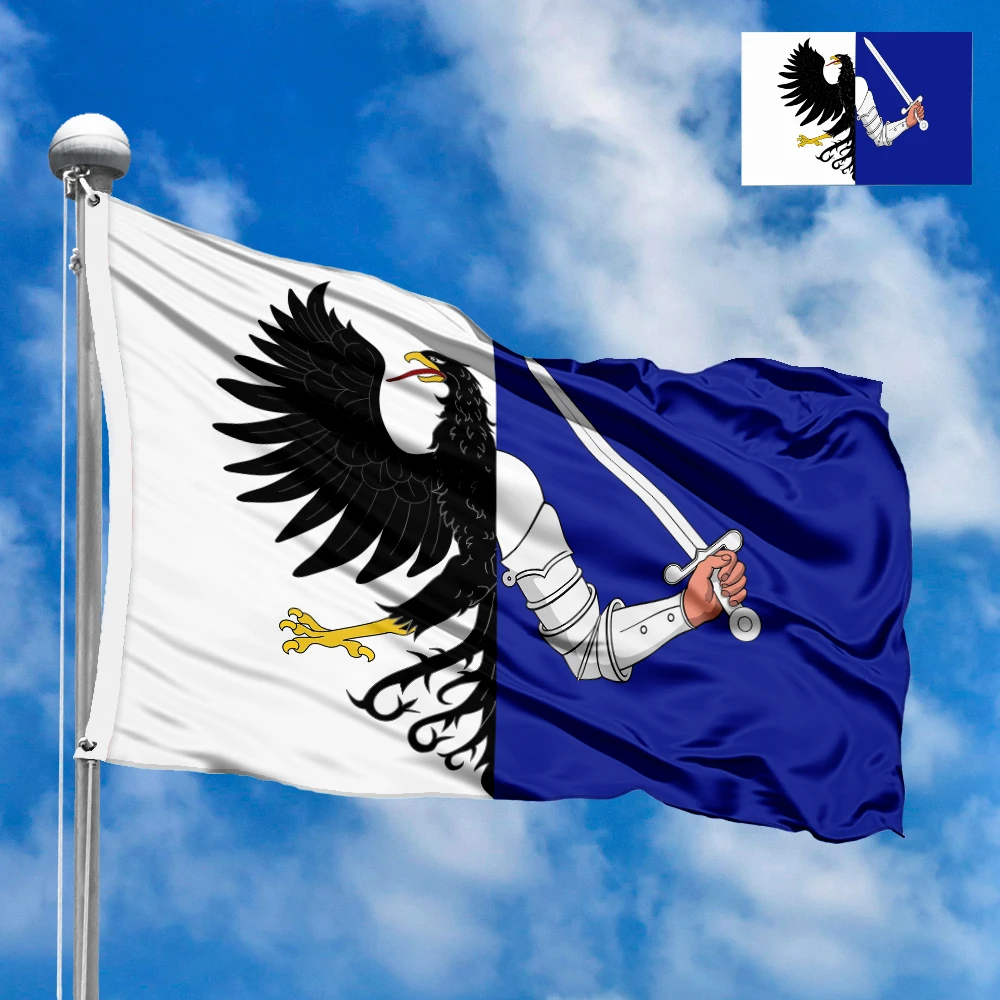
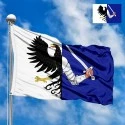
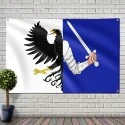
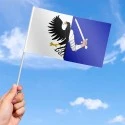

 Sizes:
Sizes:
 Sizes:
Sizes:
